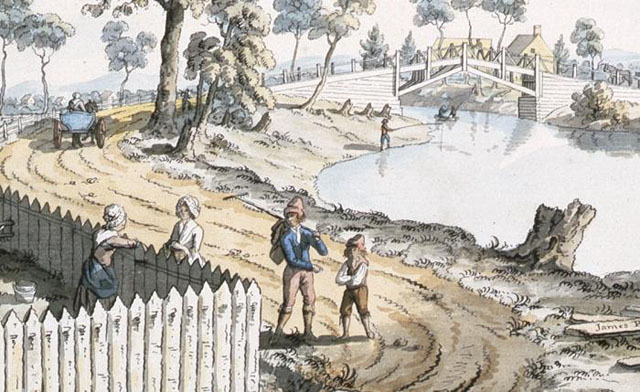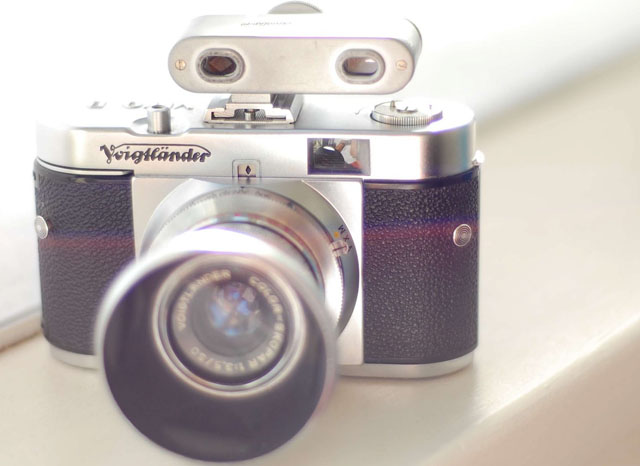I Love Transit 2013: JJ Lee in the flow
I Love Transit 2013: JJ Lee in the flow
For our last guest post for I Love Transit Week this year, we’re honoured to have critically-acclaimed writer JJ Lee tell us why he loves transit. JJ is a memoirist and fashion essayist. His book, The Measure of a Man: The Story of a Father, a Son, and a Suit, was shortlisted for the 2011 Governor-General’s Literary Award for Non-Fiction, the 2012 Charles Taylor Prize for Non-Fiction, the 2011 BC Book Prizes’ Hubert Evans Prize for Non-Fiction, and the 2012 Hilary Weston Writers’ Trust Prize. He likes to write when on the SkyTrain.

I grew up in Quebec. From an early grade, teachers taught me about the seigneurial system, which essentially transplanted France’s post-feudal aristocracy to the New World.
Perhaps I made a poor student because I recall little about those lessons except for one compelling image: the rivers.
As the main and most reliable form of transit in New France, the river determined the shape of colonisation. The seigneur, essentially a lord, would rent out salami slice thin plots of land to farmers. Each plot would have its own access to the flowing waters.

I would imagine the canoes and rafts with their pilots calling out to each other or to the people they saw along shore. The breeze, the crack of bulrush stems, and maybe even–and this is from the fertile imagination of a nine year old–the sounds of shared singing. Maybe even something like Nagez Rameurs (“Pull Together, Paddlers!”), by folk singers Genticorum.
Since then, rivers have been for me about connection, community, and life. Roads only serve some of the same purpose. Sure, everybody gets their little bit of street front, and roads help people go from one place to another, but they aren’t like the great rivers about which I once daydreamed.
On roads and highways, drivers and their friends and families plunge through space sealed in individual capsules. Yielding is simply the act of waiting for your turn. Merging merely works to slip one vehicle behind another.
Not so on the SkyTrain. It is a true confluence. People of all incomes, classes, races, heritages, and languages come aboard and they, heck, I mean “we”, WE ride together.
Some of us ride to get home or get to work or to meet a friend or lover. Our common purpose sometimes only lasts the few minutes between stops, but on the flow of the SkyTrain, we are briefly on the same boat. Love it or not.
I love it.
Recently, I rode the train with a vintage camera around my neck. It was a Voigtlander Vito B camera with an accessory rangefinder. Lots of shiny chrome. Attractive. But definitely limited by an increasingly outdated technology. The camera uses 35mm film cassettes.
Film is such an unfamiliar way of making pictures that I’ve been asked more than once to show or delete a photograph within seconds of pressing the shutter.
Folks, film doesn’t work that way. And as I try to explain this internally, I wither. I think I am an oddball or a crank or out of step with time.

But on this ocassion, by chance, I stood next to a young man with an old Minolta SLR. We struck up a conversation. And before long, we were pulling out the backup cameras from our bags.
He showed me his Canon FTb Quick Load with a super sharp 50mm FD lens. I pulled out a giant twin lens reflex camera, the Yashica 635, which dates back to 1959.
We colloquied on film cameras. He told me his was visiting from Japan. He was here to learn English. He loved taking pictures of people on the street. We spoke until he reached his stop. I think it was Nanaimo Station.
I rode on. The SkyTrain flowed on. Another river, the Fraser on my right, flowed on. Random. Serendipitous. Fleeting. Connected.The only thing missing was the faint sound of wind through the bulrush stems.






